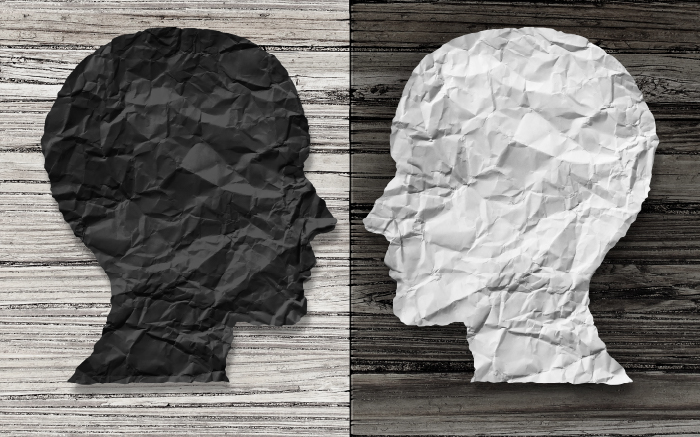Post-Traumatic Stress Disorder (PTSD) emerges as a shadow in the aftermath of trauma, causing individuals to experience flashbacks, anxiety, and many other symptoms. While it’s a condition that can affect anyone, certain deographics appear to be more susceptible.
The Essence of PTSD
At its core, PTSD is an alarm system gone awry, intended to protect but instead persisting in the echo of trauma. Symptoms, ranging from haunting flashbacks to a pervasive sense of dread, are manifestations of the brain’s attempt to make sense of and survive past horrors. Yet, the intricacies of PTSD extend beyond the symptoms, rooted in the diversity of human experience and resilience.
Risk Factors
Understanding who falls into the shadow of PTSD more frequently requires a look at the complex weave of risk factors that predispose individuals to this condition:
- Intensity and Nature of the Trauma: The more severe and direct the exposure to trauma, the greater the risk. Front-line experiences, such as combat or personal assault, cast a long shadow.
- Past Trauma and Mental Health: The soil of past traumas, including childhood neglect or previous traumatic events, can fertilize the grounds for PTSD, especially if mental health challenges are already present.
- Social Fabric and Support: The quality and presence of a support network can act as a buffer or an amplifier for trauma’s impact, with isolation sewing seeds of vulnerability.
- Concurrent Stressors: Life’s additional stressors, like financial strain or ongoing conflict, can fray the edges of resilience, making it harder to rebound from traumatic events.
Whose Most Vulnerable
While PTSD does not discriminate by age, race, or gender, certain groups find themselves more frequently within its grasp due to heightened exposure to risk factors:
- Combat Veterans and First Responders: These individuals face the front lines of human suffering and violence, placing them at a distinctly higher risk.
- Survivors of Personal Violence: Those who’ve endured sexual assault, domestic violence, or severe personal attacks carry the weight of highly personal traumas, deeply etching the risk of PTSD.
- Displaced Populations: Refugees and individuals displaced by war or disaster navigate the dual trauma of loss and existential threat, often in contexts of instability and insecurity.
- Healthcare and Crisis Workers: In recent years, the spotlight has turned to those in healthcare, particularly in high-stress fields or those on the pandemic front lines, grappling with prolonged exposure to loss and critical situations.
Navigating Toward Light: Reducing Risk and Supporting Recovery
Illuminating the path to resilience and recovery involves a multifaceted approach, tailored to the individual yet underscored by universal principles of support, understanding, and accessible care:
- Empowering through Knowledge: Education on PTSD not only demystifies the condition but also empowers individuals and communities to seek help and offer support.
- Weaving Support Networks: Building and maintaining strong support systems provide critical emotional scaffolding for those at risk.
- Ensuring Access to Care: Prompt, effective, and accessible mental health care remains a cornerstone of transforming vulnerability into strength, particularly for those in high-risk groups.
- Fostering Societal Empathy: Cultivating a societal ethos of understanding and empathy towards trauma and PTSD challenges stigma and encourages a more supportive environment.
By understanding the nuances of vulnerability, society can better shield those at risk, offering a beacon of hope and healing in the aftermath of trauma. This exploration into the heart of PTSD vulnerability seeks to inform and also inspire action, empathy, and a collective commitment to support those walking the path from shadow into light.






